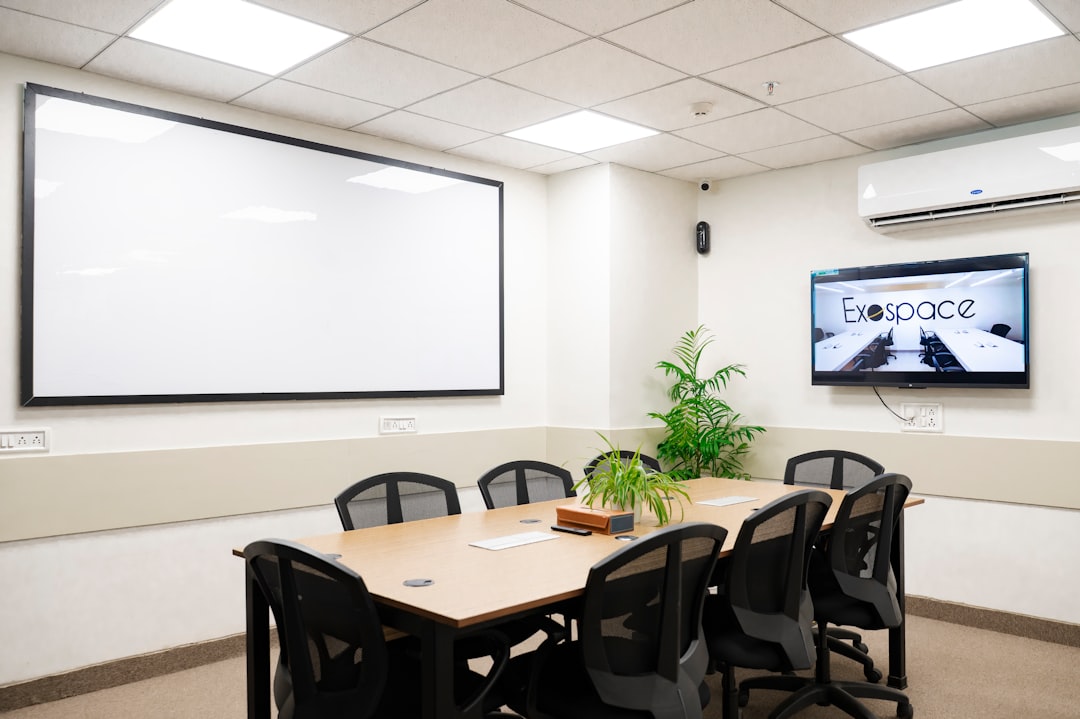In an ever-evolving educational landscape, the shift towards online learning has transformed how educators and students interact. virtual classroom platforms have emerged as vital tools, enabling effective teaching and learning experiences regardless of geographical barriers. These platforms provide an interactive environment that replicates the traditional classroom setting while offering unique features tailored for digital education. This article will explore popular virtual classroom platforms, their key features, comparative insights, user experiences, and future trends in this dynamic field.
Overview of Popular Virtual Classroom Platforms
Several virtual classroom platforms have gained prominence for their ability to facilitate engaging and productive online learning environments. Among these, platforms such as Zoom, Google Classroom, Microsoft Teams, and Blackboard stand out due to their distinctive offerings.
Zoom is widely recognized for its user-friendly interface and robust video conferencing capabilities. It allows for large group sessions, breakout rooms for smaller discussions, and integrated polls to enhance engagement.Google Classroom integrates seamlessly with other Google services, making it an excellent choice for institutions already using Google Workspace. It simplifies assignment distribution, grading, and communication between educators and students.Microsoft Teams combines chat, video meetings, and file collaboration, providing a comprehensive solution for educational institutions. Its integration with Microsoft Office tools enhances productivity and collaboration.Blackboard has long been a staple in higher education. It offers extensive features for course management, including learning analytics and customizable course content, catering to the needs of diverse learning environments.
Key Features to Look for in a Virtual Classroom Platform
When evaluating virtual classroom platforms, certain features are essential to ensure an effective learning experience:
- User Interface: A clean, intuitive interface enhances usability for both educators and students, minimizing the learning curve.
- Interactive Tools: Features such as polls, quizzes, and whiteboards promote engagement and active participation.
- Accessibility: Platforms should be compatible with various devices and provide accessibility features to accommodate all learners.
- Integration Capabilities: The ability to integrate with existing tools and resources can streamline the educational process.
- Support and Training: Reliable customer support and training resources are crucial for helping users navigate the platform effectively.
Comparative Analysis of Top Virtual Classroom Platforms
While each virtual classroom platform has its strengths, understanding their differences can help educators make informed decisions. For instance, Zoom excels in video conferencing but may lack some of the educational tools found in Google Classroom or Blackboard. In contrast, Google Classroom is excellent for assignment management but may not have the robust video features that Zoom provides.
Microsoft Teams stands out for its collaborative features, making it suitable for group projects, while Blackboard offers comprehensive course management tools that can enhance the overall learning experience. Each platform has unique benefits and potential drawbacks, and the choice often depends on the specific needs of the users and the institution.
User Reviews and Experiences with Different Platforms
Gathering user reviews provides insight into real-world experiences with various virtual classroom platforms. Many educators appreciate Zoom for its simplicity and effectiveness in delivering lectures. Users frequently highlight the ease of scheduling and joining meetings, as well as the quality of video and audio.
Google Classroom users often commend its integration with Google tools, which simplifies the workflow. However, some educators mention a lack of advanced features compared to other platforms. Microsoft Teams users appreciate the collaborative aspects, though they sometimes find the interface less intuitive. Blackboard has received praise for its robust course management features, but some users have reported difficulties with navigation and a steep learning curve.
Future Trends in Virtual Classroom Technology
As the landscape of education continues to evolve, several trends are likely to shape the future of virtual classroom platforms. Enhanced artificial intelligence can provide personalized learning experiences, adapting content to meet individual student needs. Virtual reality (VR) and augmented reality (AR) may offer immersive learning experiences that bring subjects to life.
Moreover, the increasing emphasis on data analytics will enable educators to gain insights into student performance and engagement. Continuous improvements in user experience and accessibility will ensure that virtual classroom platforms remain inclusive and effective for all learners. Institutions looking to enhance their educational offerings can explore solutions tailored to their specific needs at dedicated AV solutions for educational institutions.
In conclusion, virtual classroom platforms are an essential component of modern education, providing dynamic ways for students and educators to connect and learn. By understanding the various platforms available, their key features, and user experiences, educational institutions can make informed choices that best suit their teaching and learning objectives.

